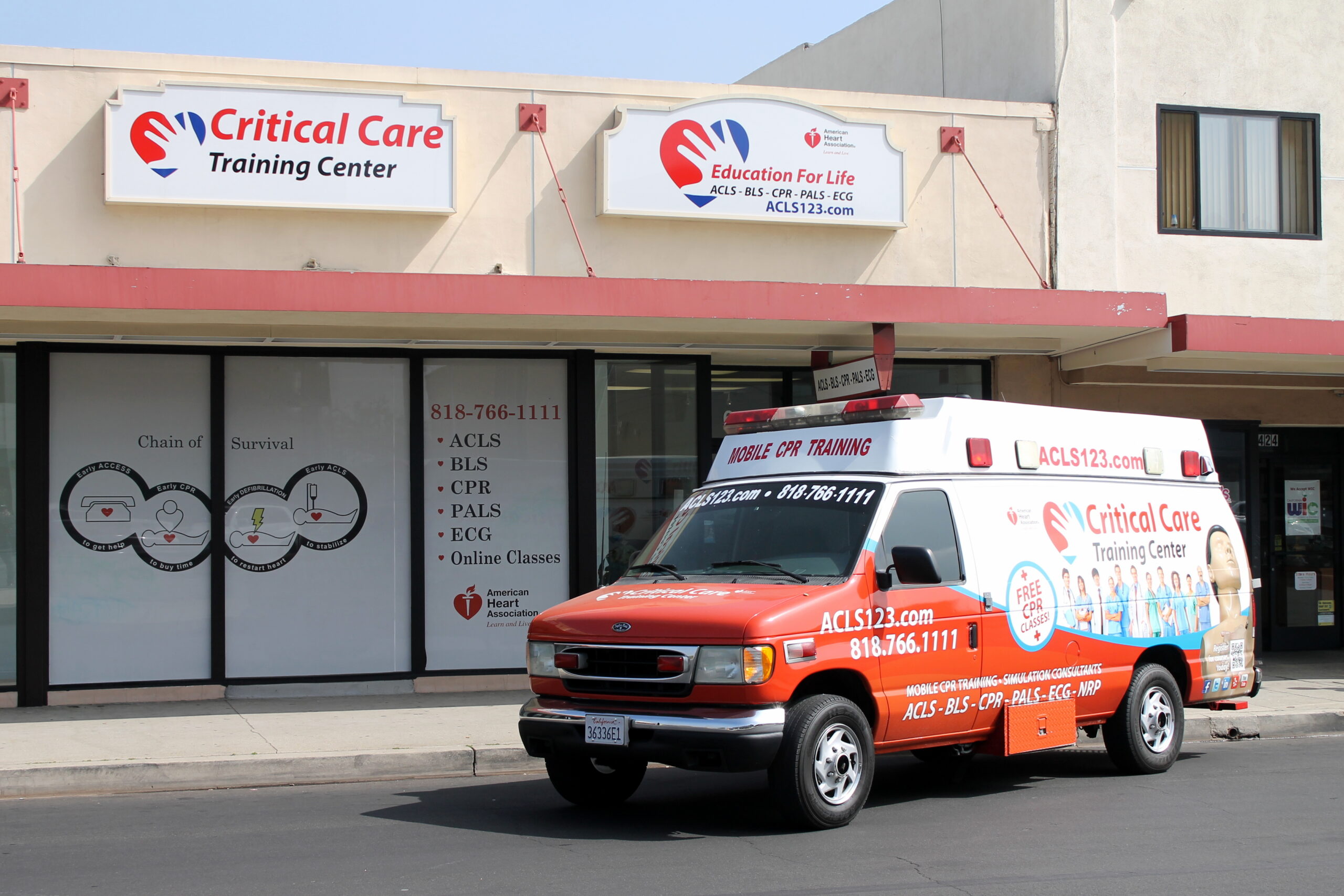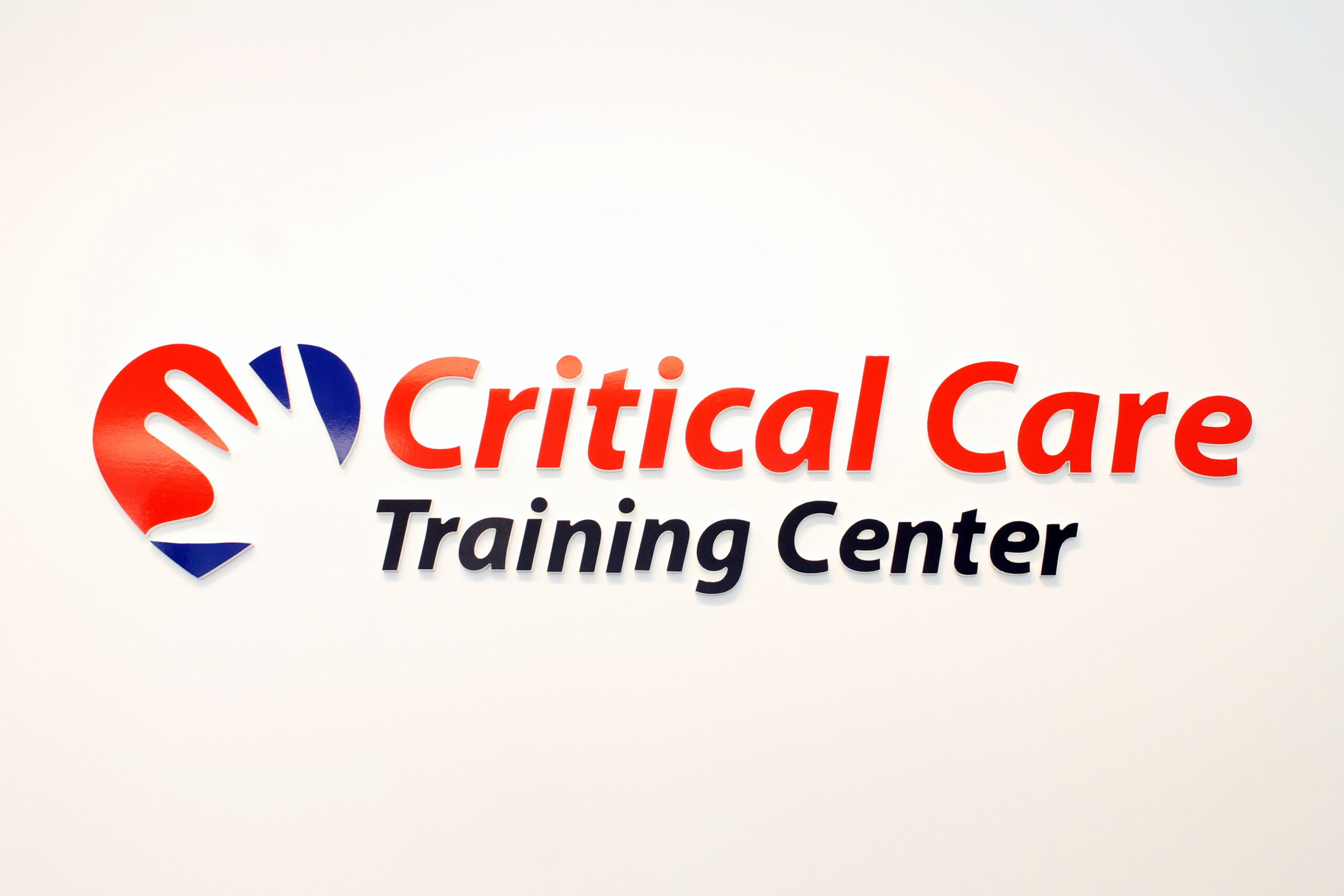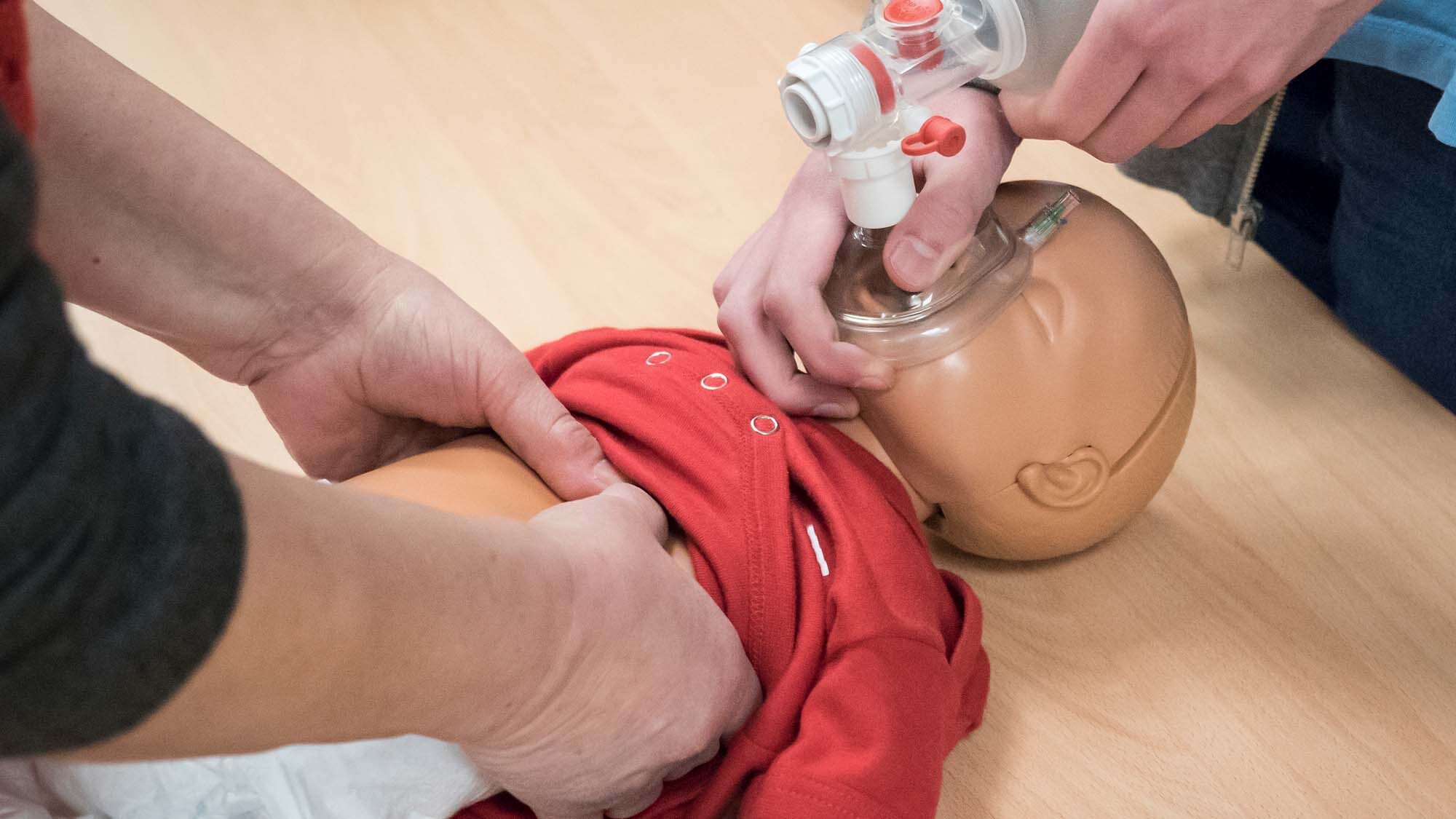From the Mayo Clinic
Definition
Cushing’s syndrome occurs when your body is exposed to high levels of the hormone cortisol for a long time. The most common cause of Cushing’s syndrome, sometimes called hypercortisolism, is the use of oral corticosteroid medication. The condition can also occur when your body makes too much cortisol.
Too much cortisol can produce some of the hallmark signs of Cushing’s syndrome — a fatty hump between your shoulders, a rounded face, and pink or purple stretch marks on your skin. Cushing’s syndrome can also result in high blood pressure, bone loss and, on occasion, diabetes.
Treatments for Cushing’s syndrome can return your body’s cortisol production to normal and noticeably improve your symptoms. The earlier treatment begins, the better your chances for recovery.
Symptoms
The signs and symptoms of Cushing’s syndrome vary. Common signs and symptoms involve progressive obesity and skin changes, such as:
- Weight gain and fatty tissue deposits, particularly around the midsection and upper back, in the face (moon face) and between the shoulders (buffalo hump)
- Pink or purple stretch marks (striae) on the skin of the abdomen, thighs, breasts and arms
- Thinning, fragile skin that bruises easily
- Slow healing of cuts, insect bites and infections
- Acne
Women with Cushing’s syndrome may experience:
- Thicker or more visible body and facial hair (hirsutism)
- Irregular or absent menstrual periods
Men with Cushing’s syndrome may experience:
- Decreased libido
- Decreased fertility
- Erectile dysfunction
Other signs and symptoms include:
- Fatigue
- Muscle weakness
- Depression, anxiety and irritability
- Loss of emotional control
- Cognitive difficulties
- New or worsened high blood pressure
- Glucose intolerance that may lead to diabetes
- Headache
- Bone loss, leading to fractures over time
When to see a doctor
If you’re taking corticosteroid medications to treat a condition, such as asthma, arthritis or inflammatory bowel disease, and experience signs and symptoms that may indicate Cushing’s syndrome, see your doctor for an evaluation. Even if you’re not using these drugs and you have symptoms that suggest the possible presence of Cushing’s syndrome, contact your doctor.
Causes
Cushing’s syndrome results from excess levels of the hormone cortisol in your body. Your endocrine system consists of glands that produce hormones, such as cortisol, that regulate processes throughout your body. These glands include the adrenal glands, pituitary gland, thyroid gland, parathyroid glands, pancreas, ovaries (in females) and testicles (in men).
Your adrenal glands produce a number of hormones, including cortisol. Cortisol plays a variety of roles in your body. For example, cortisol helps regulate your blood pressure and keeps your cardiovascular system functioning normally. It also helps your body respond to stress and regulates the way you convert (metabolize) proteins, carbohydrates and fats in your diet into usable energy. However, when the level of cortisol is too high in your body, you may develop Cushing’s syndrome.
The role of corticosteroids
Cushing’s syndrome can develop from a cause that originates outside of your body (exogenous Cushing’s syndrome). Taking corticosteroid medications in high doses over an extended period of time may result in Cushing’s syndrome. These medications, such as prednisone, have the same effects as does the cortisol produced by your body.
Your doctor may prescribe corticosteroids to treat inflammatory diseases, such as rheumatoid arthritis, lupus and asthma, or to prevent your body from rejecting a transplanted organ. Because the doses required to treat these conditions are often higher than the amount of cortisol your body normally needs each day, the effects of excess cortisol can occur.
People can also develop Cushing’s from injectable corticosteroids — for example, repeated injections for joint pain, bursitis and back pain. While certain inhaled steroid medicines (taken for asthma) and steroid skin creams (for skin disorders such as eczema) are in the same general category of drugs, they’re generally not involved in Cushing’s syndrome unless taken in high doses.
Your body’s own overproduction
The condition may also be due to your body’s own overproduction of cortisol (endogenous Cushing’s syndrome). This may occur from excess production by one or both adrenal glands, or overproduction of the adrenocorticotropic hormone (ACTH), which normally regulates cortisol production. In these cases, Cushing’s syndrome may be related to:
A pituitary gland tumor. A noncancerous (benign) tumor of the pituitary gland, located at the base of the brain, secretes an excess amount of ACTH, which in turn stimulates the adrenal glands to make more cortisol. When this form of the syndrome develops, it’s called Cushing’s disease. It occurs much more often in women and is the most common form of endogenous Cushing’s syndrome.
An ectopic ACTH-secreting tumor. Rarely, when a tumor develops in an organ that normally does not produce ACTH, the tumor will begin to secrete this hormone in excess, resulting in Cushing’s syndrome. These tumors, which can be noncancerous (benign) or cancerous (malignant), are usually found in a lung, pancreas, thyroid or thymus gland.
A primary adrenal gland disease. In some people, the cause of Cushing’s syndrome is excess cortisol secretion that doesn’t depend on stimulation from ACTH and is associated with disorders of the adrenal glands. The most common of these disorders is a noncancerous tumor of the adrenal cortex, called an adrenal adenoma. Cancerous tumors of the adrenal cortex are rare, but they can cause Cushing’s syndrome as well. Malignant tumors of the adrenal glands (adrenocortical carcinoma) are rare, and sometimes produce excess cortisol. Occasionally, benign, nodular enlargement of both adrenal glands can result in Cushing’s syndrome.
Familial Cushing’s syndrome. Rarely, people inherit a tendency to develop tumors on one or more of their endocrine glands, affecting cortisol levels and causing Cushing’s syndrome.
Complications
If you don’t receive prompt treatment for Cushing’s syndrome, other complications may occur, such as:
- Bone loss (osteoporosis), which can result in unusual bone fractures, such as rib fractures and fractures of the bones in the feet
- High blood pressure (hypertension)
- Diabetes
- Frequent or unusual infections
- Loss of muscle mass and strength
When the cause of Cushing’s syndrome is a pituitary tumor (Cushing’s disease), it can sometimes lead to other problems, such as interfering with the production of other hormones that the pituitary controls.
Tests and diagnosis
Cushing’s syndrome can be difficult to diagnose, particularly endogenous Cushing’s, because other conditions share the same signs and symptoms.
Your doctor will conduct a physical exam, looking for signs of Cushing’s syndrome. He or she may suspect Cushing’s syndrome if you have signs such as rounding of the face (moon face), a pad of fatty tissue between the shoulders and neck (buffalo hump), and thin skin with bruises and stretch marks.
If you’ve been taking a corticosteroid medication for a long time, your doctor may suspect that you’ve developed Cushing’s syndrome as a result of this medication. If you haven’t been using a corticosteroid medication, these diagnostic tests may help pinpoint the cause:
- Urine and blood tests. These tests measure hormone levels in your urine and blood and show whether your body is producing excessive cortisol. For the urine test, you may be asked to collect your urine over a 24-hour period. Both the urine and blood samples will be sent to a laboratory to be analyzed for cortisol levels.
Your doctor might also recommend other specialized tests that evaluate the blood and urine to help determine if Cushing’s syndrome is present and to help identify the underlying source of any excess production. These tests often involve measuring cortisol levels before and after stimulation or suppression with other hormone medications.
- Saliva test. Cortisol levels normally rise and fall throughout the day. In people without Cushing’s syndrome, levels of cortisol drop significantly in the evening. By analyzing cortisol levels from a small sample of saliva collected late at night, doctors can see if cortisol levels are too high, suggesting a diagnosis of Cushing’s.
- Imaging tests. Computerized tomography (CT) scans or magnetic resonance imaging (MRI) scans can provide images of your pituitary and adrenal glands to detect abnormalities, such as tumors.
As these tests help your doctor diagnose Cushing’s syndrome, they may also rule out medical conditions with similar signs and symptoms. For example, polycystic ovary syndrome — a hormone disorder in women with enlarged ovaries — shares some of the same signs and symptoms as Cushing’s has, such as excessive hair growth and irregular menstrual periods. Depression, eating disorders and alcoholism also can partially mimic Cushing’s syndrome.
Treatments and drugs
Treatments for Cushing’s syndrome are designed to lower the high level of cortisol in your body. The best treatment for you depends on the cause of the syndrome. Treatment options include:
- Reducing corticosteroid use. If the cause of Cushing’s syndrome is long-term use of corticosteroid medications, your doctor may be able to keep your Cushing’s signs and symptoms under control by reducing the dosage of the drug over a period of time, while still adequately managing your asthma, arthritis or other condition. For many of these medical problems, your doctor can prescribe noncorticosteroid drugs, which will allow him or her to reduce the dosage or eliminate the use of corticosteroids altogether.
Don’t reduce the dose of corticosteroid drugs or stop taking them on your own. Do so only under your doctor’s supervision. Abruptly discontinuing these medications could lead to deficient cortisol levels. Slowly tapering off corticosteroid drugs allows your body to resume normal cortisol production.
- Surgery. If the cause of Cushing’s syndrome is a tumor, your doctor may recommend complete surgical removal. Pituitary tumors are typically removed by a neurosurgeon, who may perform the procedure through your nose. If a tumor is present in the adrenal glands, lungs or pancreas, the surgeon can remove it through a standard operation or in some cases by using minimally invasive surgical techniques, with smaller incisions.
After the operation, you’ll need to take cortisol replacement medications to provide your body with the correct amount of cortisol. In most cases, you’ll eventually experience a return of normal adrenal hormone production, and your doctor can taper off the replacement drugs. However, this process can take up to a year or longer. In some instances, people with Cushing’s syndrome never experience a resumption of normal adrenal function; they then need lifelong replacement therapy.
- Radiation therapy. If the surgeon can’t totally remove a pituitary tumor, he or she will usually prescribe radiation therapy to be used in conjunction with the operation. Additionally, radiation may be used for people who aren’t suitable candidates for surgery. Radiation can be given in small doses over a six-week period, or by a technique called stereotactic radiosurgery or gamma-knife radiation. In the latter procedure, administered as a single treatment, a large dose of radiation is delivered to the tumor, and the radiation exposure to surrounding tissues is minimized.
- Medications. Medications can be used to control cortisol production when surgery and radiation don’t work. Medications may also be used before surgery in people who have become very sick with Cushing’s syndrome. Doctors recommend drug therapy before surgery to improve signs and symptoms and minimize surgical risk. Medications to control excessive production of cortisol include ketoconazole (Nizoral), mitotane (Lysodren) and metyrapone (Metopirone).
In some cases, the tumor or its treatment will cause other hormones produced by the pituitary or adrenal gland to become deficient and your doctor will recommend hormone replacement medications.
If none of these treatment options is effective, your doctor may recommend surgical removal of your adrenal glands (bilateral adrenalectomy). This procedure will cure excess production of cortisol. However, your ACTH levels will remain high, possibly causing excess pigmentation of your skin.









